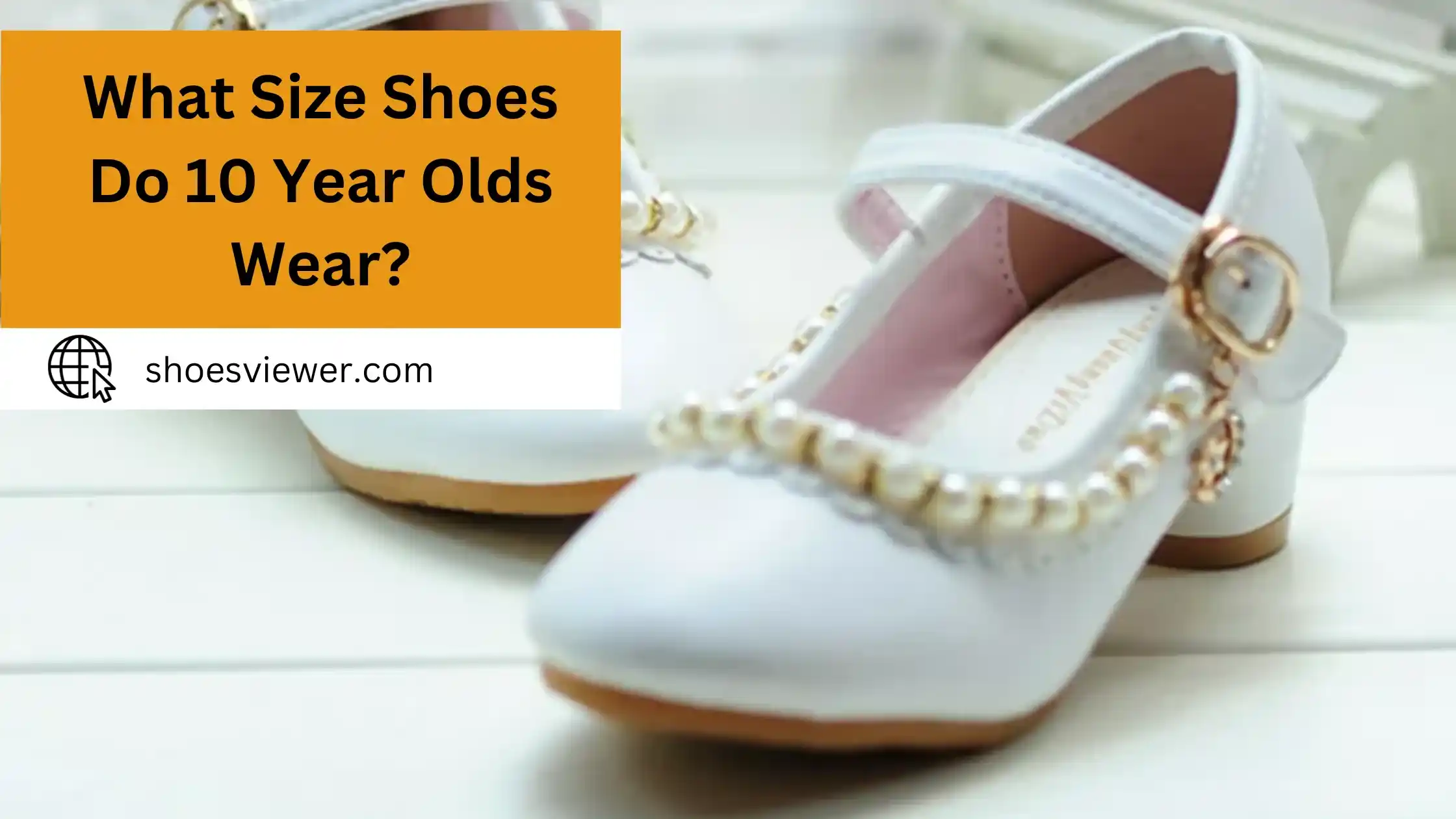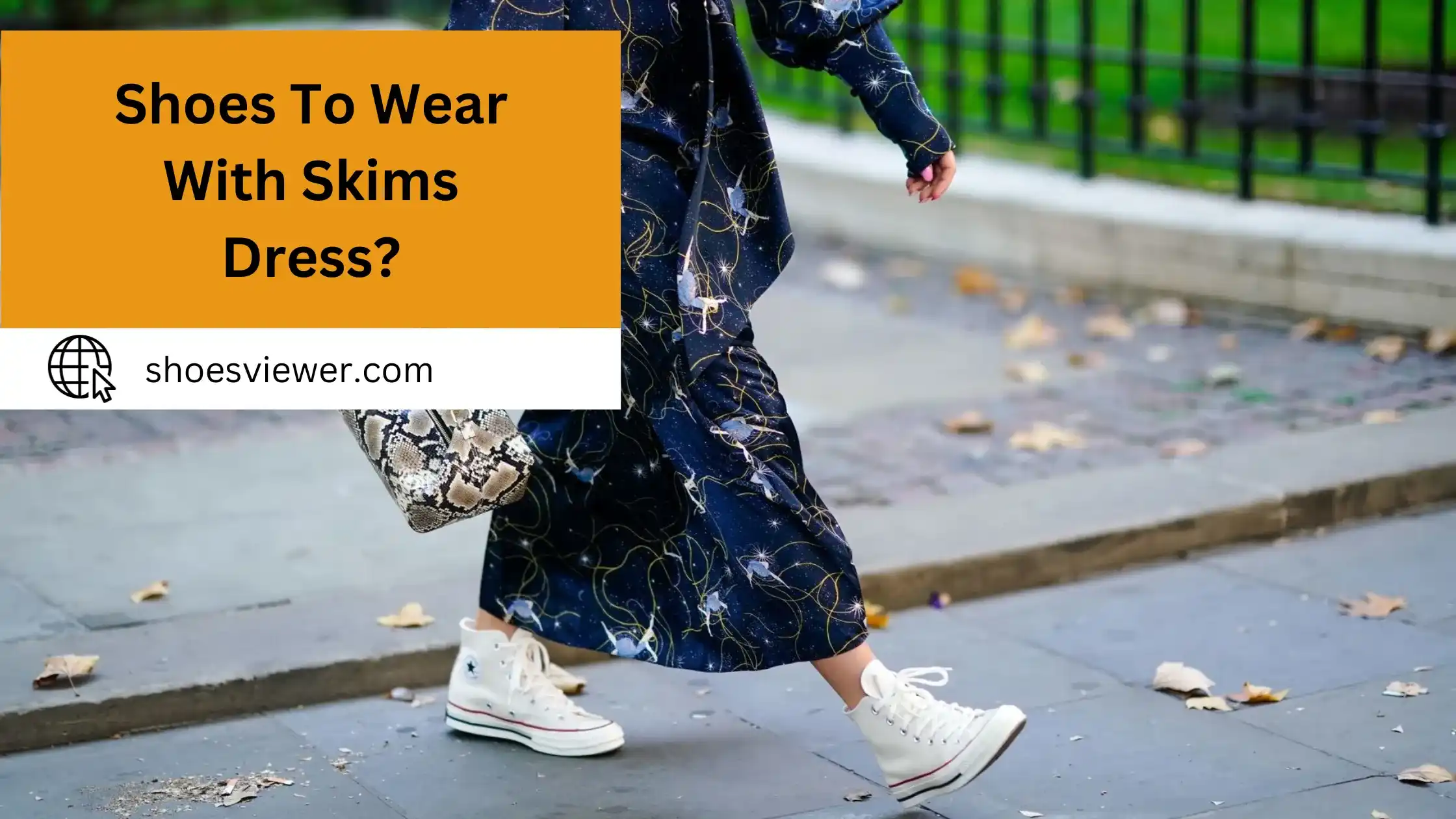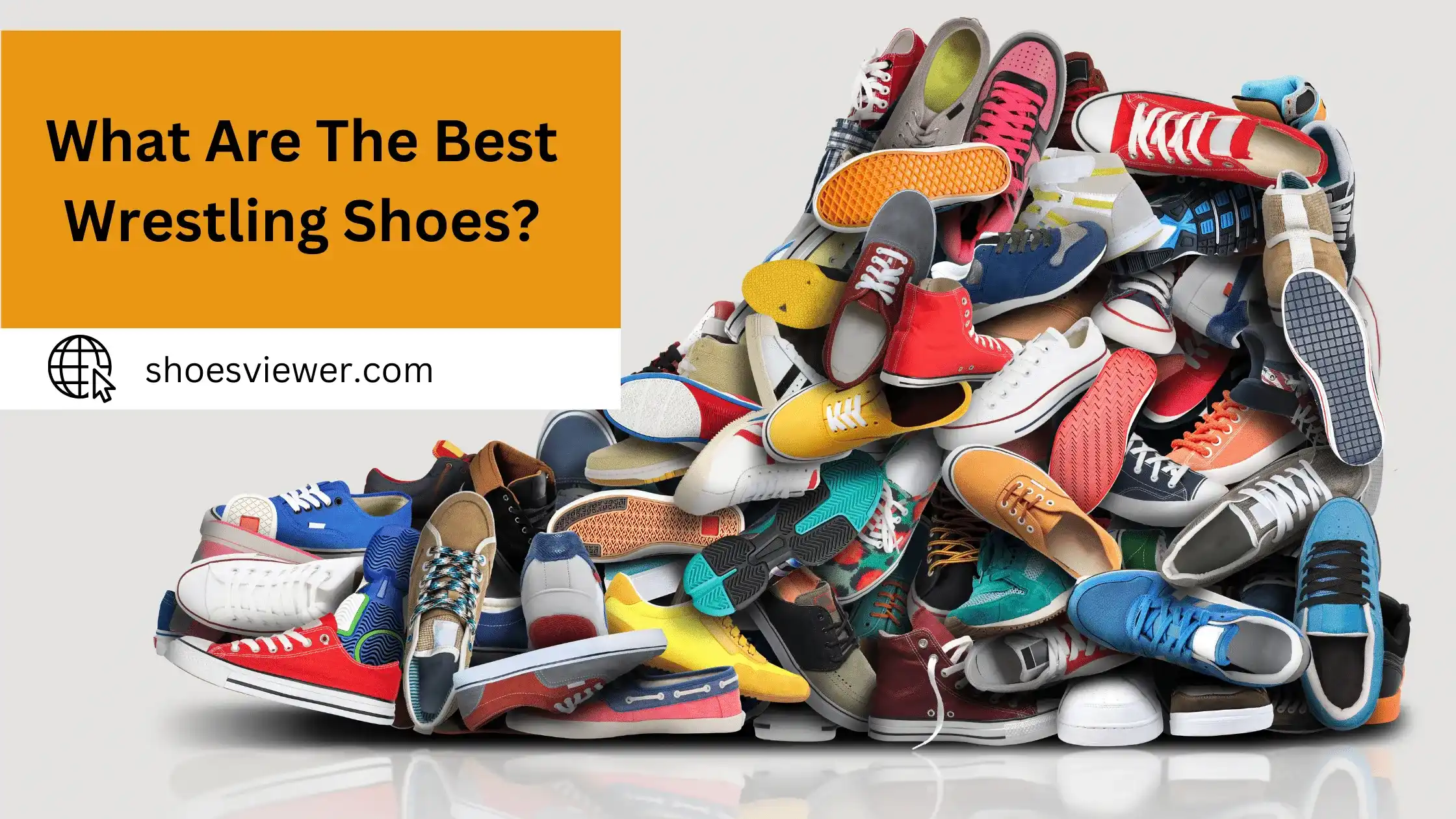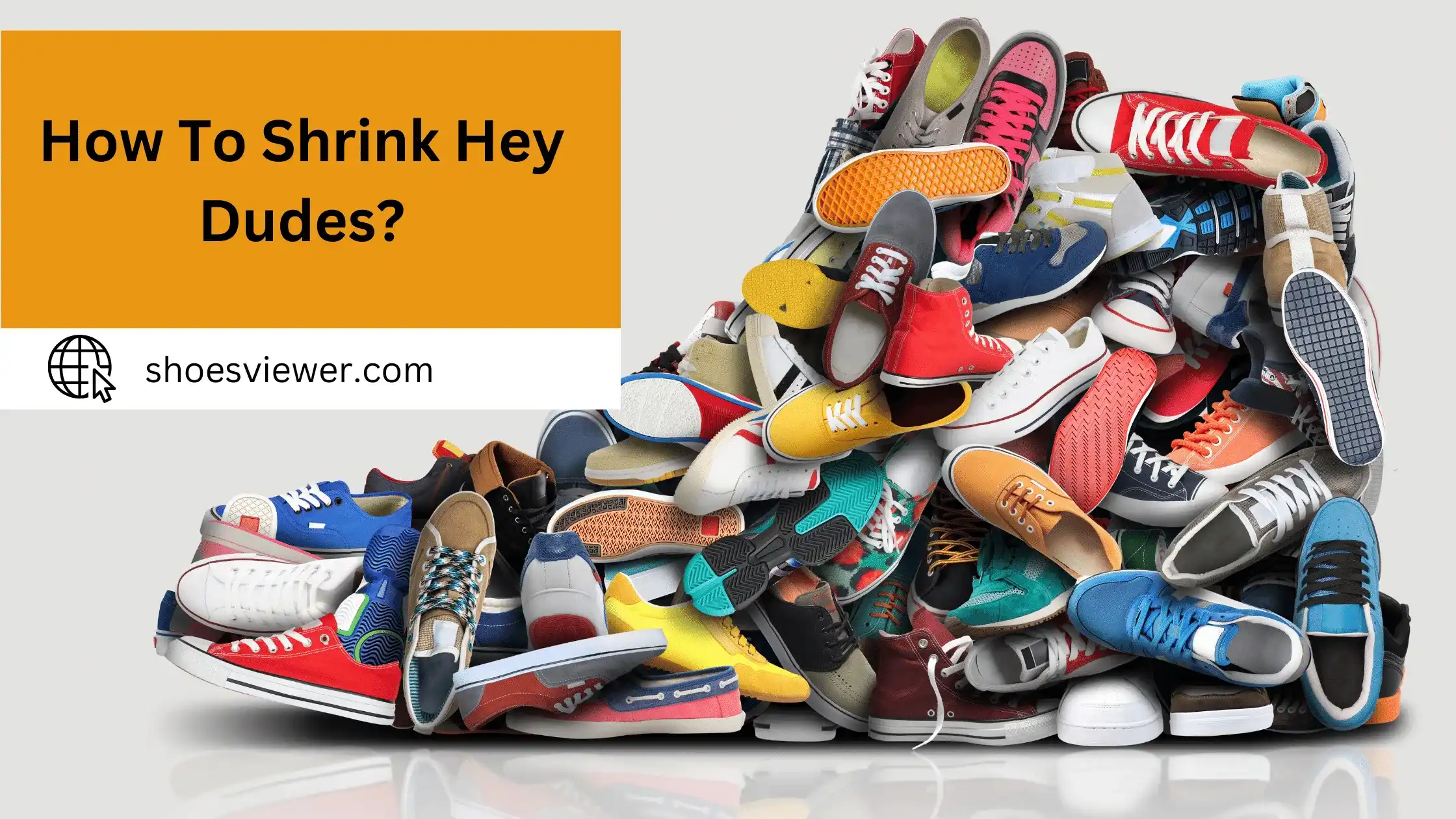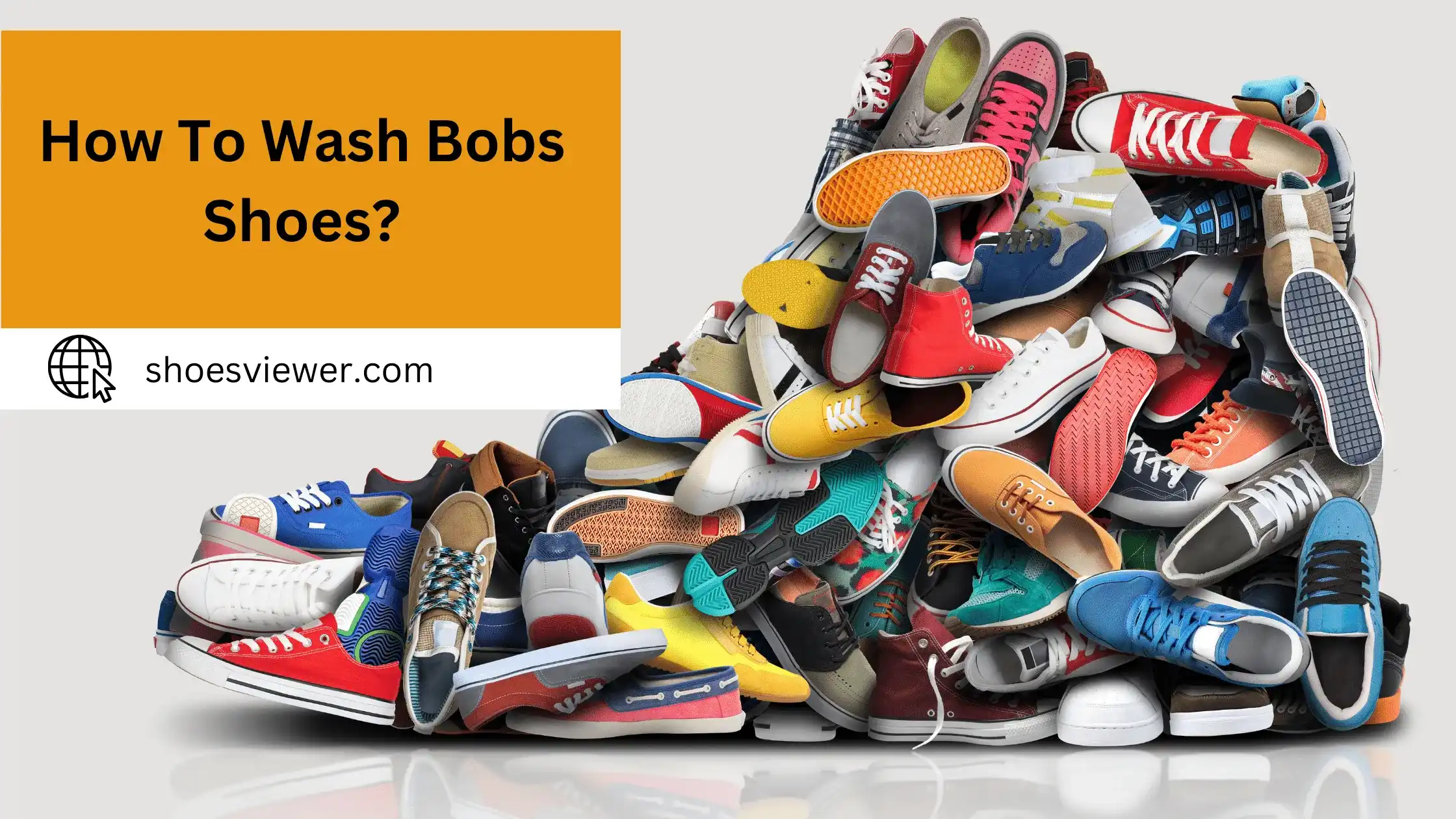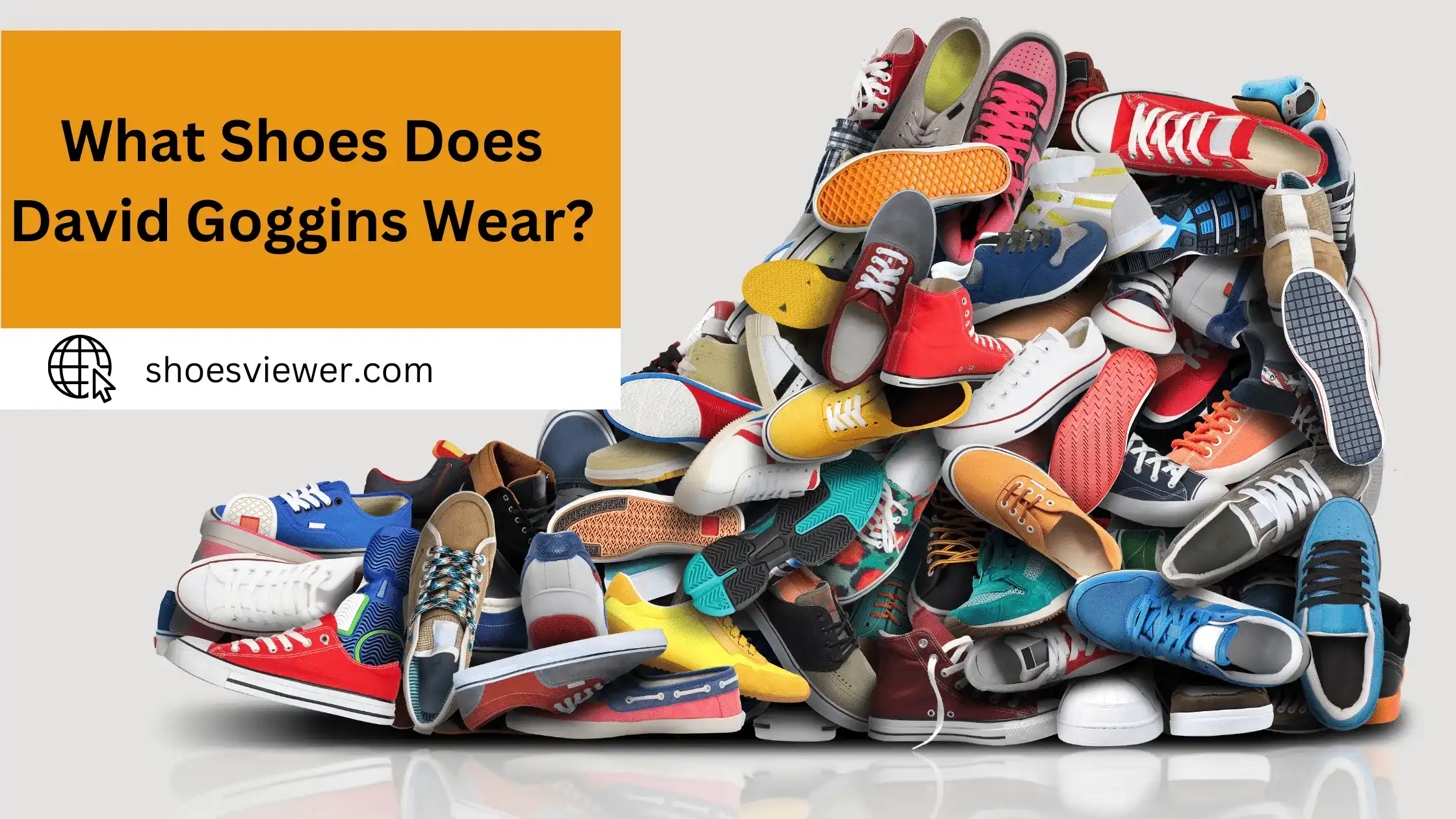As a mother, I know how important it is to get your child the right fit when it comes to shoes. My 10-year-old daughter recently outgrew her last pair of sneakers and needed an upgrade fast, but not too fast! After researching size charts and countless stores, we were still determining what kind of shoe was best for her age. Finding the perfect size can be complicated since some sizes vary by brand or region.
To help other parents in similar situations, I will discuss what size shoes ten-year-olds typically wear along with considerations such as international sizing standards, length vs. width measurements, and where you can find options even if your kid has wide feet or other special requests. By following my strategies, you will get all the knowledge you need on what size shoes 10-year-olds wear.
Typically, the average shoe size for a 10-year-old boy is around a youth size 3 or 41. For girls of the same age, the average shoe size tends to be a youth size 2 or 3. However, it’s important to remember that these are just averages, and children’s feet grow at different rates.
What Are The Factors That Influence Shoe Size?
Here are some key elements that play a role in determining the size of your shoes.
Age:
Age is a significant factor, especially during childhood and adolescence when feet grow. Children’s feet can develop rapidly, requiring frequent shoe size changes. However, feet typically stop growing by late adolescence, and shoe size stabilizes.
Genetics:
Your genetic makeup plays a critical role in determining your shoe size. You will inherit similar traits if your parents have larger or smaller feet.
Gender:
Men tend to have larger and wider feet than women, resulting in different shoe size ranges. This is why there are separate shoe size charts for men and women.
Weight:
Your weight can also influence your shoe size. Heavier individuals may have more extensive feet due to the increased pressure on the feet, which can cause them to expand.
Pregnancy:
During pregnancy, women often experience an increase in shoe size. This is mainly due to swelling and the release of certain hormones that relax the ligaments in your feet, causing them to spread.
Foot Conditions:
Foot conditions such as flat feet, high arches, bunions, or hammertoes can affect shoe size. These conditions can change the shape of your feet, requiring special footwear or a larger size for comfort.
Physical Activity:
High levels of physical activity, especially activities that put a lot of stress on your feet, like running or hiking, can lead to an increase in shoe size over time. This is due to the repetitive impact, which can cause your feet to expand.
In conclusion, many factors can influence shoe size. Measuring your feet regularly and ensuring you wear the correct shoe size for optimal comfort and foot health is essential.
Common Challenges in Shoe Sizing for 10-Year-Olds - Addressing Foot Growth Patterns:
Choosing the correct shoe size for your child can be a tricky endeavor, especially when they’re around the age of 10. Here are some common challenges faced when sizing shoes for 10-year-olds and how to address them.
Rapid Foot Growth:
One of the significant challenges is that children’s feet grow incredibly fast. It’s common for their feet to increase to ½ size every 2-3 months. This rapid growth can make it challenging to keep up with their current shoe size, often leading to ill-fitting footwear.
Ill-Fitting Shoes And Foot Development:
Normal foot development can be hampered, and foot disorders might arise from ill-fitting shoes. Shoes that are too big can lead to stumbling or instability, while shoes that are too tight can compress the foot. Most foot issues arise from children’s shoes worn before age ten when their bones become less pliable.
Determining The Right Amount of Space in Shoes:
Another challenge is determining the optimal amount of space for toes in shoes. Different studies recommend that the ideal space for toes in shoes is around 10-12 mm. This allows enough room for the foot to move and grow without causing instability.
Understanding these challenges can help you make better decisions when buying shoes for your 10-year-old. Always prioritize comfort, fit, and support over style to promote healthy foot development.
Tips for Shopping And Online Shoe Purchases - Getting The Right Fit:
I’ve had my fair share of triumphs and challenges. Here are some tips I’ve picked up along the way:
Know Your Size:
This may sound obvious, but knowing your correct shoe size is paramount. Remember, shoe sizes can vary between brands and styles within the same brand. Always refer to the specific brand’s size guide, as it can differ significantly from your usual size.
Measure Your Feet:
It’s essential to measure your feet if you’re shopping online. Measure the distance from heel to your longest toe by tracing the outline of your foot on a piece of paper. Next, you can contrast this measurement with the size chart provided by the brand.
Consider The Time of Day:
Unbelievably, your shoe size might change depending on the time of day. It’s ideal to try on shoes in the afternoon or evening when your feet are at their fullest because our feet swell throughout the day.
Read Reviews:
Online reviews are a goldmine of information. Look for reviews that mention fit and sizing. Previous buyers often mention if the shoe runs large or small, which can help guide your purchase.
Check The Return Policy:
Before making an online purchase, always check the return policy. Ensure the retailer offers returns or exchanges if the shoes don’t fit correctly.
Buy Shoes To Fit Your Larger Foot:
The majority of people have a larger foot than the other. Always get footwear that fits a larger foot. Squeezing into a shoe that is too small is more complex than adding an insole to a shoe for a smaller foot.
From my experience with ill-fitting sneakers, I’ve learned that it’s better to take the time to ensure a proper fit than to deal with the hassle of returns or uncomfortable shoes. Following these tips will increase your chances of getting the right fit, whether you’re shopping in-store or online.
Conclusion:
As parents, buying shoes for our children is no small matter. It’s not just about giving them something that fits the size of their foot; it’s also about supporting their growing feet and providing them with shoes they’ll enjoy wearing.
And, of course, this is especially true for 10-year-olds transitioning from childhood to the teenage years. With this in mind, I hope this guide has provided helpful information and tips on finding the correct shoe size and getting your child properly fitted. In my own experience, I have found that taking measurements and looking at longer-term needs has been vital in helping me find the perfect pair of shoes for my children.
